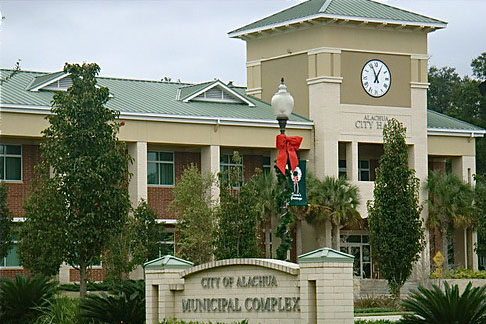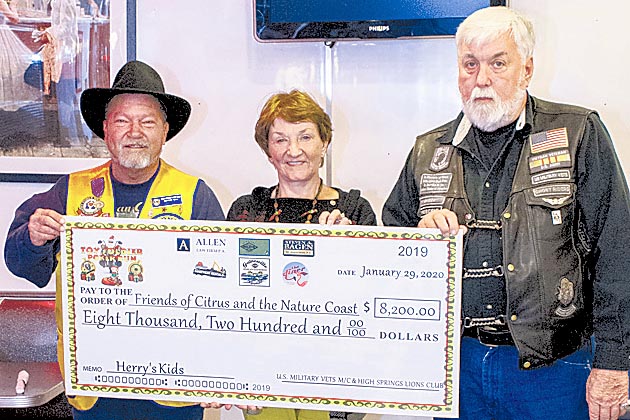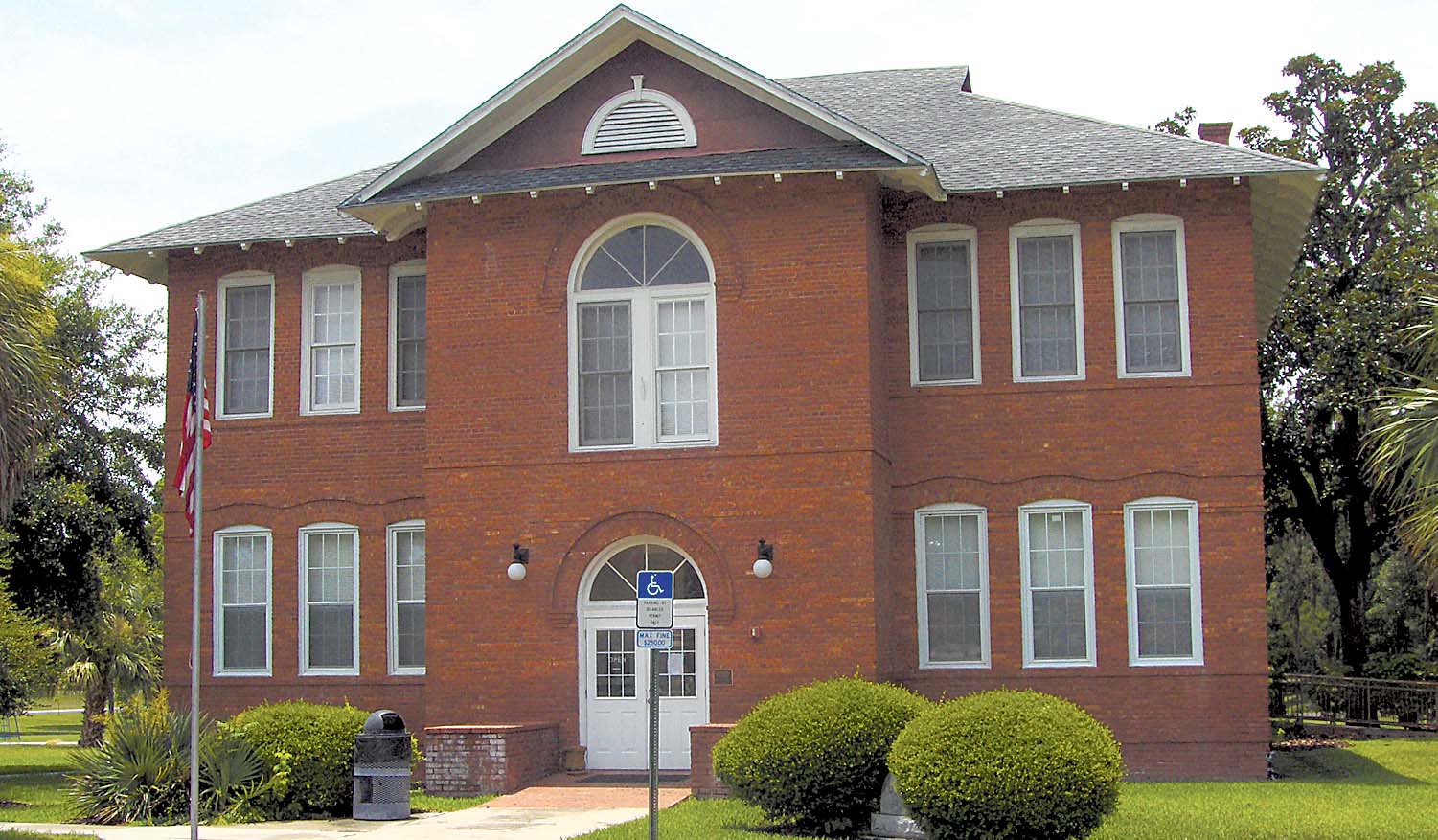Voters to Decide on Newberry Charter
NEWBERRY – Voters in the city of Newberry will have an opportunity to weigh in on election-related ordinances that passed unanimously at the Jan. 13 Newberry City Commission meeting.
The first was Ordinance No. 2019-29, which pertained to election qualifying fees. Florida Statutes permit a municipality to enact provisions governing municipal elections by several means, including by ordinance. A person seeking to qualify for nomination for election shall pay a qualifying fee consisting of a filing fee of three percent of the annual salary of the office sought and an election assessment fee of one percent of the annual salary of the office sought.
Although the one percent fee is specifically required of candidates, there is no specific Florida Statute that requires municipal candidates to pay the three percent fee. In the absence of an ordinance governing filing fees, both fees are to be paid. However, the Commission has authority to enact an ordinance to address the filing fee and modify or eliminate the statutory three percent fee. Approval of this ordinance allows the City to be able to do so, if they choose.
The Commission waived the three percent fee for this year. The fee will be reviewed on a yearly basis by the Commission as part of their review of all City fees and an amount may be set or waived at that time.
The second approved election-related item was Ordinance 2019-30. This ordinance allows the City to place recommendations for changes to the City Charter on the April 14, 2020 ballot for citizens to consider.
Following a year of review of the existing City Charter by a Charter Review Committee and workshops with Commissioners, proposed changes have been recommended to modify and simplify the Charter.
The first issue voters will consider on the April ballot is whether to replace the existing Charter with the newly-proposed 2019 Charter.
The second issue for voter consideration is whether election term lengths should be expanded to three years commencing in 2021.
A copy of the proposed changes can be viewed at Newberry City Hall.
# # #
Email cwalker@
alachuatoday.com
Add a comment




